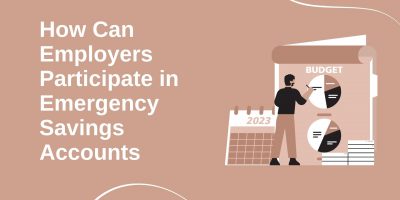
How Brand Protection Can Safeguard Your Business Reputation
In a world where deepfakes and counterfeit schemes are on the rise, is your business prepared to defend its brand from digital deception?

Lack of retirement funds, high debt, and no emergency savings are the main reasons for implementing employee financial wellness programs. More and more employees are using employer-provided services to help them with their finances. The statistics below highlight the benefits that workers and organizations have from financial wellness programs


The benefits of financial wellness programs significantly outweigh the costs of such programs, so having such a program in place is vital to businesses and employees.
Browse our curated list of vendors to find the best solution for your needs.
Subscribe to our newsletter for the latest trends, expert tips, and workplace insights!

In a world where deepfakes and counterfeit schemes are on the rise, is your business prepared to defend its brand from digital deception?

Explore recent senior care statistics to reveal how important it is to provide elder care benefits as part of an employee benefits package.

Discover the benefits and complexities of equity-indexed annuities and get insights to make informed retirement planning decisions.

ESAs provide employees with a financial safety net, helping them weather unexpected life events without falling into debt.
Used by most of the top employee benefits consultants in the US, Shortlister is where you can find, research and select HR and benefits vendors for your clients.
Shortlister helps you reach your ideal prospects. Claim your free account to control your message and receive employer, consultant and health plan leads.